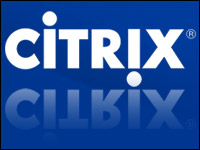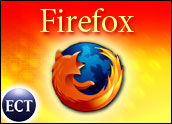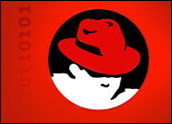
XenSource released a new version of its flagship commercial server virtualization product Monday. XenEnterprise 3.2 brings to business consumers more advanced deployment options for versions of Windows and Linux as well as boosted power and flexibility of Windows guests via SMP (systemic multiprocessing) support.
“These are good improvements,” Gary Chen, an analyst at Yankee Group, told LinuxInsider. “SMP and broader Windows and Linux support will benefit almost all users.”
XenEnterprise 3.2 is available as a 30-day product trial download. Licensed versions are available for purchase at XenSource resellers. They start at US$488 for an annual subscription license per dual socket server, and $750 for a perpetual license per dual socket server.
Combating Server Sprawl
Based on the Xen hypervisor open source infrastructure virtualization software, Xen enables IT departments to simultaneously run multiple operating systems such as Linux or Windows, old and new versions, on the same physical server, with close to native performance and per-virtual server performance guarantees, according to XenSource. Utilized in enterprise data centers around the world, the technology increases server utilization, supports server consolidation and reduces the total cost of ownership.
Through sever consolidation, enterprise IT departments can move away from an architecture with multiple distributed and underutilized servers and reduce the total number of servers by consolidating the workload or function, John Bara, vice president of marketing at XenSource, told LinuxInsider.
“There’s a trend out there because Intel has done such a good job of following Moore’s Law, x86 servers have become cheap and available. And companies of all types and sizes have thrown lots of servers into their infrastructures. One application, one server. One department, one server,” he explained.
The result, Bara continued, is “server sprawl,” meaning there are masses of servers in an enterprise and “no one knows what they are doing.”
“They might only be utilized an average of 15 percent,” he stated. “They are underutilized.
“I always tell my clients that if I was running a factory and we had millions of dollars of machines and we were only running them at 10 to 15 percent of capacity, we’d be fired. That’s a huge waste of capital equipment,” Bara said.
“That’s what this trend is all about, reducing waste in the server space. The other things that are wasteful with the server sprawl are power, heating, cooling, ventilation, air conditioning. The cost of power has soared, and this is killing companies. They are looking for ways to cut the cost of power,” he added.
Yankee Group’s Chen concurs, adding that server virtualization is a quickly growing trend. “Sever virtualization has countless benefits, and almost all enterprises are using it in some form or another and it is spreading across datacenters rapidly.”
One Antidote
The new XenEnterprise is significant, according to Bara, with proven high performance and ease of use and manageability. “What we’ve done with this release is make it easy for IT [departments] to implement virtualization. We call it ’10 minutes to Xen.'”
The technology comes with an automatic installer, automated management console and monitoring tool, Bara said.
XenEnterprise 3.2 offers business users multiprocessor support for Windows Server 2003 and Windows XP guests. It allows businesses to run high-performance applications such as Exchange, SQL Server and other multi-threaded and compute-intensive applications. iSCSI (Internet small computer system interface) SAN support, another new capability, is a lower cost storage alternative to fiber channels, Bara explained.
“For SMBs and departments, iSCSI is becoming a popular way to back up their virtual machines, do disaster recovery and back up their storage,” he continued.
XenSource also added support for Windows 2000 guests and now supports Red Hat Enterprise Linux 5 and Novell Suse Linux Enterprise Server 10 SP1 guests.
The new version brings better scalability for heavier workloads, Chen noted. “Platform support is very important, both having broad support for different OSes as well and deep support for popular platforms like Windows.
“There’re a lot of Windows 2000 servers still out there and RHEL5 and Suse 10 SP1 are the leading Linux distributions,” Chen said, “so supporting these are key for a lot of enterprises. There is also a larger trend towards networked storage, so having that support is essential for many as well.”
XenEnterprise 3.2 measures up well against competing offerings from the overwhelming market leader VMWare, according to Chen. “WMWare has quite a head start, while Xen is a relatively new technology,” he said. “Xen has been catching up quite fast and this release puts it a bit closer, though it’s still not quite yet up to the level of VMWare.”




















































